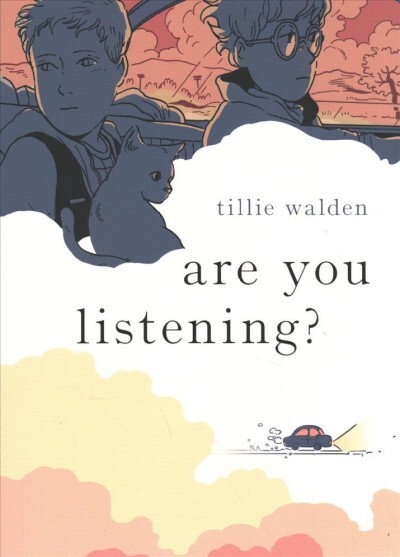In general, low-frequency radio waves are well-suited for long-range communications, while high-frequency waves are needed to achieve high capacity.
Reliable, fast communications
“There used to be no technology that enabled us to exploit radio communication’s capacity while at the same time ensuring adequate functioning of communications in extreme weather,” explains Karl Martin Gjertsen, Chief Technologist of Ceragon Networks’ Norwegian operations. “For communications, the compromise has usually involved prioritising reliability at the expense of capacity.”
Dr Gjertsen worked on the project “Flexible Wireless Infrastructure for Future Packet-based Telecommunications Networks,” which investigated the use of radio waves for reliable, high-capacity communications over long distances. The project received funding under the Research Council’s Large-scale Programme on Core Competence and Value Creation in ICT (VERDIKT).
Radio transmitters require little maintenance and are ideal for remote locations. “For solutions like these, it’s important to combine high and low-frequency wavelengths — to ensure adequate capacity as well as transmission over long distances.”
Packet-based solutions
Behaving much like a beam of light, high-frequency waves disperse and require an unobstructed line-of-sight between the transmitter and receiver. Low-frequency waves travel more like swells in water, and are able to go around most obstacles. These characteristics can be put to good use, says Dr Gjertsen.
“Modern communications networks transport information in small pieces, known as data packets, making it possible to utilise radio communication’s capacity far better than before. The control mechanisms comprise the radios registering the quality of the connection and adjusting their capacity according to the prevailing conditions.”
“Packet-based communications are a welcome development when it comes to expanding the capacity of radio connections.”
Energy savers
Lower energy consumption is a competitive advantage of radio-wave technology. “We have already demonstrated radio amplifiers that save 10 watts per transmitter, compared to standard solutions,” says Dr Gjertsen. “This means lower energy costs for telecommunications networks. Telecommunications operators could save roughly 15 per cent on their radio installations’ energy bills.”










